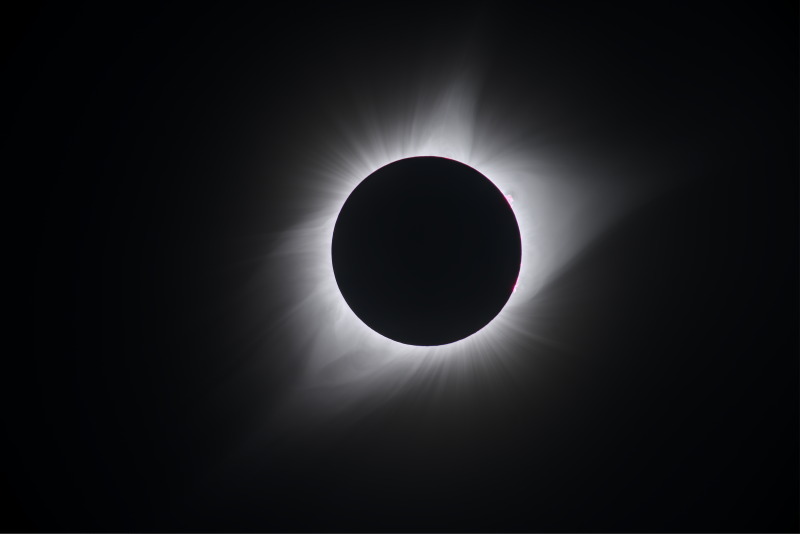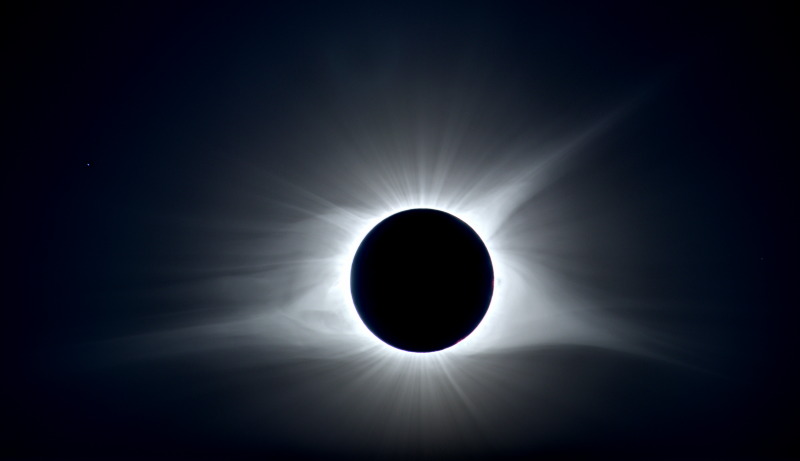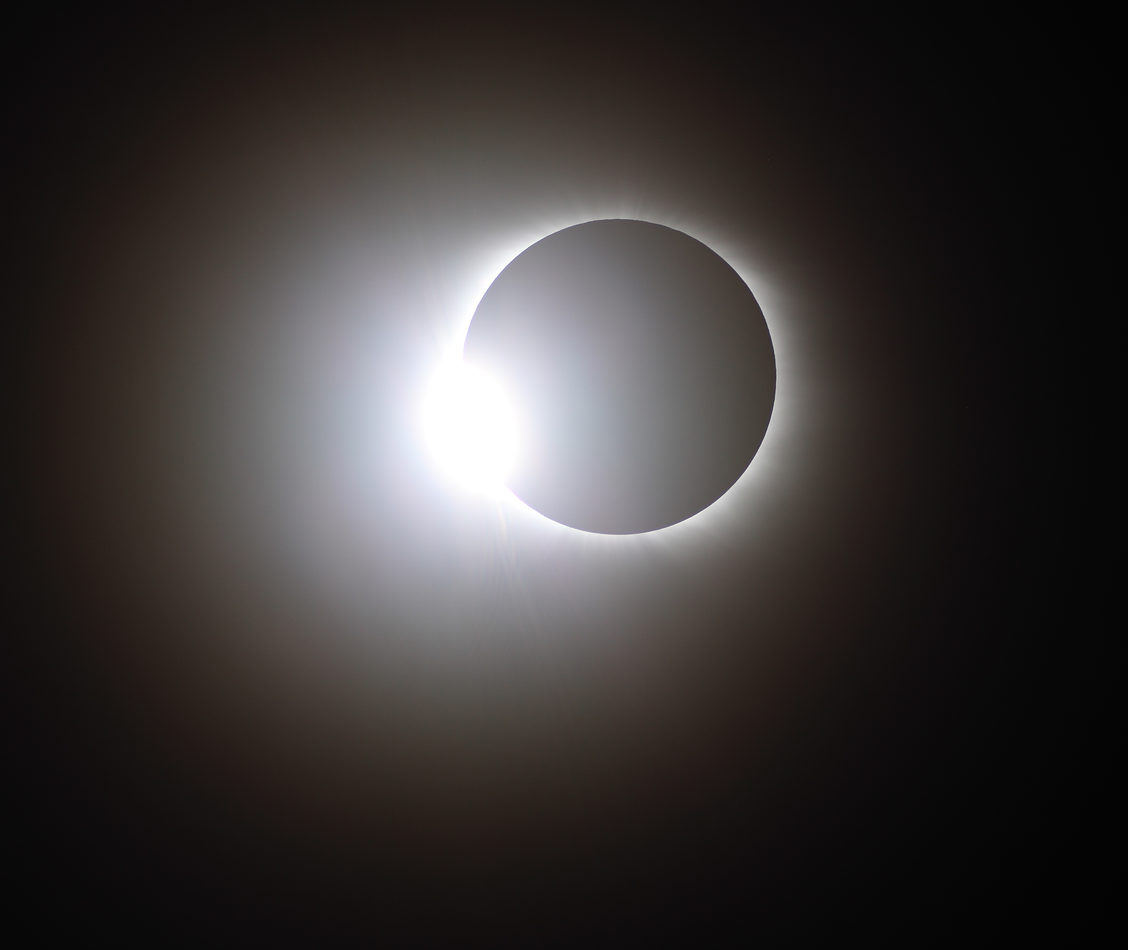My 4-camera 4K eclipse video and about traffic from the Eclipse
Submitted by brad on Tue, 2017-10-03 12:17The Eclipse of 2017 caused dire traffic warnings, even from myself. Since a total eclipse is the most amazing thing you will see, and one was coming to a rich country where almost everybody owns a car, and hundreds of millions live within a day's drive -- I wondered how we would not have horrendous traffic. (You can see my main Eclipse report and gallery here or see all my Eclipse articles.)
Also look out below for a new 4K video I made from having 4 different video cameras running around the eclipse. I have started you 3 minutes in for the short-attention-span world, but you might also enjoy the 3 minutes leading up as the excitement builds. Even on an HD display, be sure to click through to Youtube to watch it full screen.
As described, the 4 cameras are two 4K cell phones facing forward and back, plus an HD video from a 1200mm superzoom camera and snippets of 4K video and stills from the main telescope and Sony A7rII.
The big places for predicted bad traffic were central Oregon, because it was the place with the best weather that was closest to everybody from Seattle to Los Angeles, and areas of South Carolina which were closest for the whole eastern seaboard. At a popular Eclipse site, they had a detailed analysis of potential traffic but in many cases, it was quite wrong.
The central Oregon spine around the tiny town of Madras did get really bad traffic, as in reports of 4 to 6 hours to get out. That was not unexpected, since the area does not have very many roads, and is close to Washington and relatively close to California. At the same time, a lot of traffic diverted to the Salem area, which got a nice clear sky forecast. It has an interstate and many other roads. Planning ahead, Madras was the best choice because the weather is much more unpredictable west of the Cascades. But once the forecast became clear, many people from Seattle, Portland and California should have shifted to the more populated areas with the larger roads.
I decided, since it was only 2 hours more driving to Weiser (on the Oregon/Idaho border) but much less traffic, to go to the Snake River valley. It was the right choice -- there was almost no traffic leaving Weiser. In fact, Weiser did not get overwhelmed with people as had been expected, disappointing the businesses. Many thought that a large fraction of Boise would have tried to get up to that area, but they didn't. We actually wandered a bit and ended up over the river in a school field in Annex, Oregon.
There was no problem finding space, even for free.
This is a pattern we've seen many times now -- dire predictions of terrible traffic, then almost nothing. It turns out the predictions work too well. The famous Carmageddon in Los Angeles never materialized -- even with a major link cut, traffic was lighter than normal.
This is, in turn a tragedy. It seems a lot of people did not go see the eclipse because they were scared of bad traffic. What a great shame.
4K Video
At my sight I had 4 cameras recording video. I set up two cell phones, both able to do 4K, looking at our group from in front and behind. The one behind I put in portrait mode, almost capturing the sun, to show that view, while the one in front showed us looking at the eclipse and also the shadow approaching on the hills.








